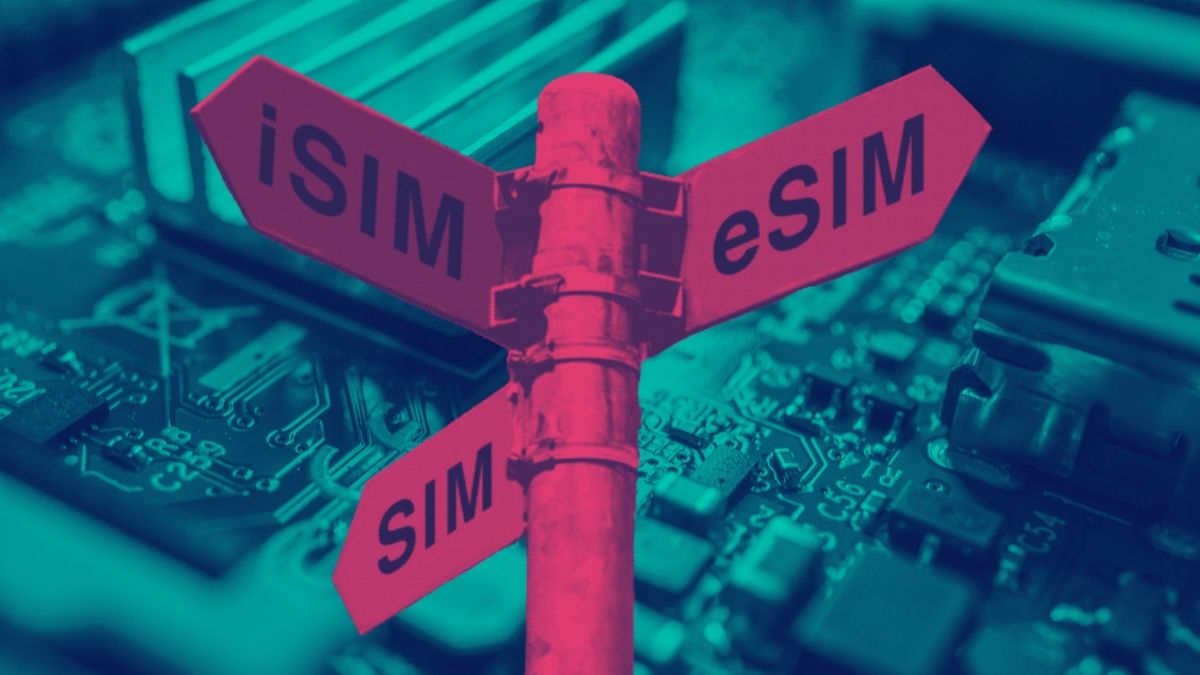Imagine a world where every device, from your fridge to your car, is interconnected through an invisible web of communication, creating a seamless digital fabric that enhances our lives in ways we’ve only begun to explore. This future is not as far off as it may seem, thanks to the rapid expansion of the Internet of Things (IoT). At the heart of this technological evolution lies an innovation poised to secure and streamline this interconnected world: integrated SIM (iSIM) technology and remote SIM provisioning.
The Evolution of SIM Technology
Since the debut of commercial SIM cards in 1991, the technology has served as the backbone of mobile communications, securing networks and devices against fraud while facilitating secure exchanges. Fast forward to today, and the advent of iSIM technology heralds a new era. Unlike its predecessors, iSIM integrates directly into a device’s system on chip (SoC), offering a tamper-resistant security element. This not only enhances trust among users but also promises significant cost reductions, simplifies development, and fosters secure connectivity for IoT devices. The transition from traditional SIM cards to iSIM is marked by not just technological advancements but also by a commitment to environmental sustainability, promising reduced CO emissions.
The Mechanics and Merits of iSIM
The magic of iSIM lies in its integration. By embedding the SIM functionality directly into the device’s SoC, manufacturers can streamline the design and production processes, leading to sleeker, more efficient devices. This integration offers a dual advantage: it not only bolsters the device’s security by making the SIM component tamper-resistant but also significantly reduces the physical space required, paving the way for smaller, more innovative IoT devices. Furthermore, iSIM technology facilitates remote SIM provisioning, which allows for the management of SIM profiles without the need for physical access to the device. This capability is crucial for IoT devices deployed in remote or inaccessible locations, ensuring seamless connectivity and management across vast networks.
Challenges and Opportunities Ahead
Despite the clear advantages, the widespread adoption of iSIM technology faces its share of challenges. The IoT ecosystem is vast and varied, encompassing devices with a wide range of capabilities and requirements. Ensuring interoperability across this ecosystem, while maintaining high security standards, presents a significant hurdle. Additionally, the shift towards iSIM requires a rethinking of traditional manufacturing and provisioning processes, demanding investment in new technologies and training. However, the potential rewards are immense. By overcoming these obstacles, we can unlock a future of unprecedented connectivity and security for IoT devices. The evolution towards iSIM not only promises to streamline device management and enhance security but also opens up new avenues for innovation in device design and functionality.
In conclusion, as we stand on the brink of a new era in IoT development, the transition to iSIM technology offers a glimpse into a future where connectivity is not just a feature but a foundation for innovation and security. The journey from the first commercial SIM cards to the integrated future of iSIM encapsulates the relentless pursuit of efficiency, security, and sustainability that drives the tech industry forward. With careful navigation of the challenges ahead, the potential for transformative change is vast, promising a seamlessly connected world that enriches our lives in myriad ways.
This post was originally published on the 3rd party mentioned in the title ofthis site





